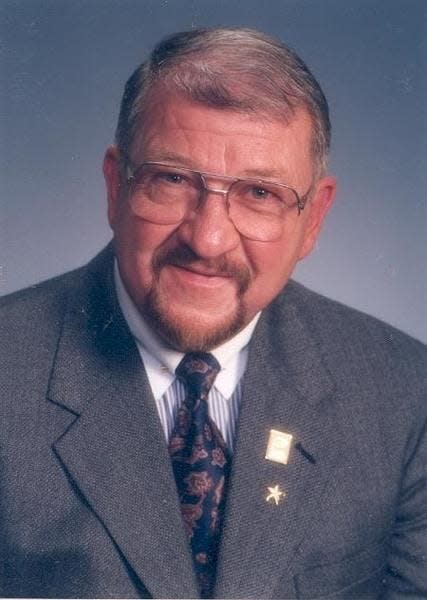Golarz: Teachers struggle to balance the needs of one and the needs of many

As with many teachers, Marion’s teaching career varied. First there was high school language arts, theatre, and typing, then elementary Title One, special education, a return to high school and intermittent university composition classes and the writing lab. I was a school superintendent when this story took place.
It was a late fall on a Friday evening. I had gotten home around 6 p.m. Marion, coming from an adjoining school district arrived shortly after. She was slow getting out of her car and was carrying a load of papers and books. I opened the door and she said simply, “Let’s go out and get some dinner.”
We said little as we drove to a favorite restaurant. We arrived after the normal dinner hour so we were seated rather quickly.
I said, “Do you want to order?”
She replied, “Not yet, just a cup of hot tea.”
After a long silence, she said, “Ray, I want to tell you about my fourth period class.”
Her tea arrived. Then, beginning with the first student, she described all of the things she knew about his childhood — the abuse, neglect, abject poverty, protective service involvement, and multiple foster homes. Then she explained what she was attempting to do for this student on a daily basis.
Next she told me about a second student, who was as needy but in a different way. She was fairly wealthy but psychologically distressed with a long history of physical and psychological abuse. And again she explained what she was attempting to do during class in order to help this child.
Then I heard story number three, story number four, story number five, and so on until there was a total of 12 such stories.
When she finished, without smiling, she asked, “What do you think?”
Somewhat overwhelmed, I recall saying, “I really don’t know what to say.”
She then concluded by saying, “Ray. my real frustration and daily depression is that I don’t have just 12 students in that class. I have 25. But the immense needs of those 12 absorb all of my time and I can virtually never get to the other 13 sitting there patiently wanting to learn. I’m not even sure that what I am doing for the 12 is making any difference.”
With tearful eyes she concluded what has become an all-too-familiar lament in education: “Ray, I don’t know how much longer I can do this.”
Like nearly every teacher I have known, Marion really cared for her students and suffered an intense guilt because what she could do seemed to her to be so inadequate. Virtually every teacher lives with this. There are so often conditions under which teaching becomes almost impossible. Most often these conditions are out of a teacher’s control: they are the impacts of poverty, deprivation, child abuse, psychological distress, and neglect.
Yet almost annually these conditions get worse and teachers are faced with the nightmarish understanding of a darker and darker future. Tragically, the nation doesn’t seem to notice.
There is an essential piece of this story that I neglected to include. You see, the above story focused only on Marion’s fourth period class. Her teaching load that semester was five periods — as is the normal teaching load of all American high school teachers.
That evening we never did get to a discussion of any of her other teaching periods, nor did we get to our dinner — maybe another time.
When we got home that evening we sat together silently for a long time.
Raymond Golarz is co-author of “The Problem Isn’t Teachers” and “Sweet Land of Liberty” and former superintendent of the Richmond and Hobart schools. He is a Bloomington resident.
This article originally appeared on The Herald-Times: Columnist laments challenges teachers face to help students
